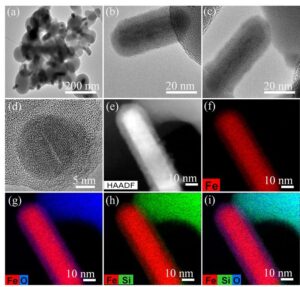“Magic” combination for more effective hydrogenations
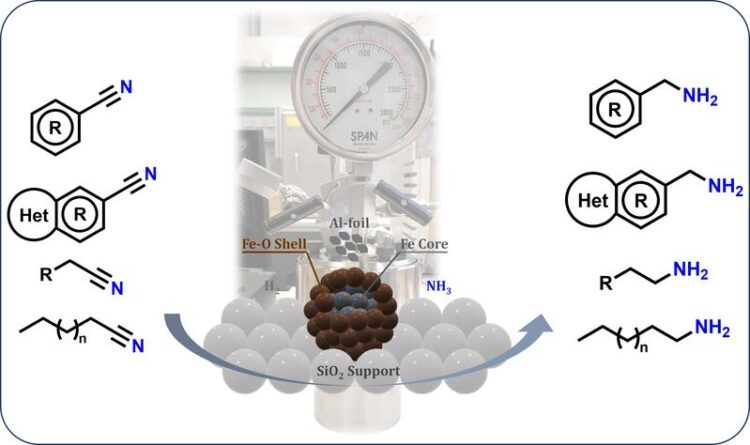
This picture shows the hydrogenation reaction of nitriles (left) to amines (right), autoclave and the structural representation of Fe/Fe-O@SiO2 catalyst (both middle).
Credit: Vishwas Chandrashekhar / LIKAT
Paper by chemists from Rostock and Olomouc in NATURE CATALYSIS.
Hydrogen (H2) is the smallest chemical molecule and a beacon of hope for a more environmentally friendly energy transition in the coming years. In addition, it is already used in a variety of industrial processes – so-called hydrogenations – for the environmentally friendly production of chemical products. For hydrogen to be used both for energy production and in hydrogenations, it is necessary to selectively activate the relatively stable hydrogen-hydrogen bond and allow it to react further. These molecular processes require catalysts, which are usually based on expensive and comparatively rare precious metals such as platinum, palladium or rhodium.
Credit: Vishwas Chandrashekhar / LIKAT
To this end, Vishwas Chandrashekhar, a doctoral student in the group of Prof. Matthias Beller and Prof. Jagadeesh Rajenahally at LIKAT, has produced a large number of nanostructured iron-based catalysts that only develop their actual activity in the presence of cheap aluminum compounds. The activity of this “magic” combination came as a real surprise. Czech scientists led by Prof. Radek Zboril at the renowned RCPTM subsequently succeeded in systematically characterizing the novel materials using state-of-the-art analytical techniques.
The optimal iron catalyst with the technical designation Fe/Fe-O@SiO2 is a well-defined nanostructured material that has a so-called fayalite structure at the interface between silicon dioxide and iron. Fayalite is a rare, naturally occurring iron silicate mineral. Another special feature of the developed catalyst is α-Fe nanoparticles at this interface. These nanoparticles are surrounded by an ultrathin amorphous iron(III) oxide layer, in other words “rust”, which virtually grows out of the silica structure.
The scientists from Rostock and Olomouc believe that their work will have a significant impact on global efforts to find low-cost hydrogenation catalysts, and that it will open new doors for using iron-based nanostructured catalysts in other challenging hydrogenations. Their paper has just been published in the journal NATURE CATALYSIS.
Wissenschaftliche Ansprechpartner:
Prof. Dr. Jagadeesh Rajenahally
E-Mail: Jagadeesh.Rajenahally@catalysis.de, Phone: +49(381)1281-210
Originalpublikation:
Vishwas G. Chandrashekhar, Thirusangumurugan Senthamarai, Ravishankar G. Kadam, Ondřej Malina, Josef Kašlík, Radek Zbořil, Manoj B. Gawande, Rajenahally V. Jagadeesh & Matthias Beller, Nature Catalysis, 2022, https://doi.org/10.1038/s41929-021-00722-x.
Media Contact
All latest news from the category: Life Sciences and Chemistry
Articles and reports from the Life Sciences and chemistry area deal with applied and basic research into modern biology, chemistry and human medicine.
Valuable information can be found on a range of life sciences fields including bacteriology, biochemistry, bionics, bioinformatics, biophysics, biotechnology, genetics, geobotany, human biology, marine biology, microbiology, molecular biology, cellular biology, zoology, bioinorganic chemistry, microchemistry and environmental chemistry.
Newest articles
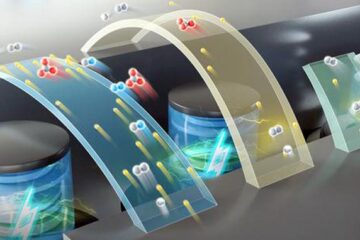
High-energy-density aqueous battery based on halogen multi-electron transfer
Traditional non-aqueous lithium-ion batteries have a high energy density, but their safety is compromised due to the flammable organic electrolytes they utilize. Aqueous batteries use water as the solvent for…
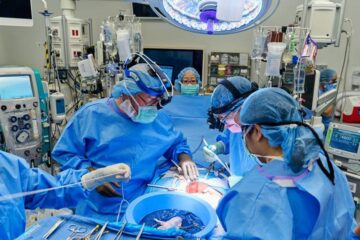
First-ever combined heart pump and pig kidney transplant
…gives new hope to patient with terminal illness. Surgeons at NYU Langone Health performed the first-ever combined mechanical heart pump and gene-edited pig kidney transplant surgery in a 54-year-old woman…
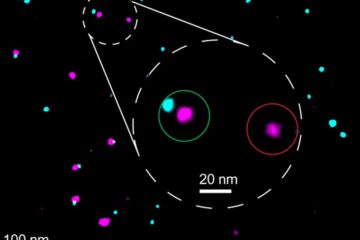
Biophysics: Testing how well biomarkers work
LMU researchers have developed a method to determine how reliably target proteins can be labeled using super-resolution fluorescence microscopy. Modern microscopy techniques make it possible to examine the inner workings…
